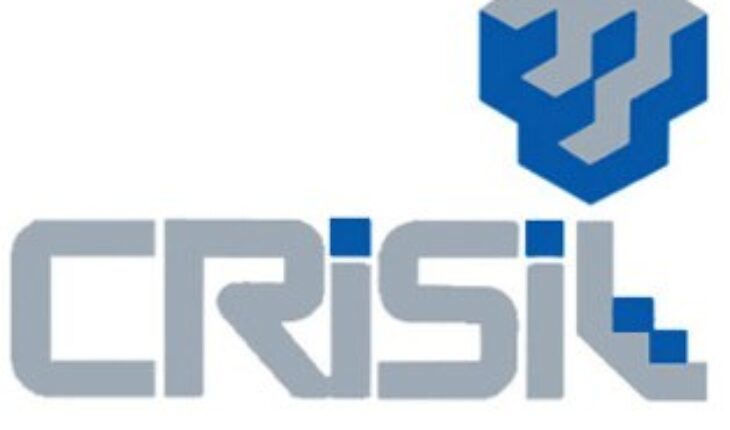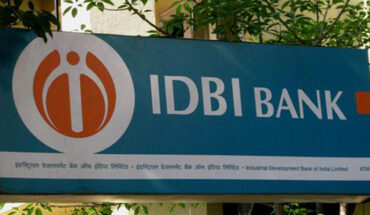MUMBAI: The Budget focuses on the hinterland more and is only “mildly” supportive of growth that may touch 7.4 per cent in 2017-18, says a Crisil analysis.
“We expect a gradual pick up in GDP growth to 7.4 per cent from 7 per cent in 2017-18 as investment cycle is expected to remain weak and consumption demand will likely pick up only moderately despite reduction in tax rates and softer interest rates,” it said in a post-Budget note on Thursday.
Noting that the Budget is only “mildly growth supportive”, it said the key focus is to revive the rural sector by bolstering agriculture and infrastructure. Jaitley has performed a “balancing act” by refraining from stretching fiscal coffers to give a steroidal push to the economy, it said, commending the “prudence over populism” in restricting the fiscal gap to 3.2 per cent. It said the fiscal math is “broadly credible” even though the targets on divestment and GST implementation may “cause hiccups” and any shortfall in stake sales alone will pose a threat of 0.10 per cent slip-up in this. Commenting on the drawbacks, it said the one big miss in the Budget is the lack of a roadmap to resolve banking sector’s asset quality and recapitalisation woes. The target to reduce borrowings to Rs 3.48 trillion is a positive for the bond markets. Concessional tax rates for external commercial borrowings and capital gain benefits for masala bonds will support overseas fundraising. Elaborating on its growth impact analysis, the note said the push to consumption will only be “mild” because of the measures undertaken and the factors to look out for are the monsoons, softer rates and inflation. Higher domestic demand will put to use spare capacities in cement, steel and consumer durables, which will help regain appetite for industrial investment in the economy, it said. On investments, it said the overall situation will improve only in fiscal 2019 and not the next fiscal. The 0.2 per cent additional space on the fiscal deficit front–under earlier FRBM Act,government was committed to narrow the gap to 3 per cent–will make additional Rs 33,700 crore of funds available for spending. The 3.2 per cent deficit number the government has accounted for initial disruptions on account of GST and the lack of revenue from sources like petroleum excise and spectrum revenues, it said. To achieve 3 per cent fiscal deficit–targeted for 2018-19–will require measures to improve the tax net. On the rural economy front, it said reviving fortunes in the hinterland by bolstering the agricultural economy and rural infrastructure seems to be the primary motivation of the Budget announcements, adding this is necessary given the fact that these pockets suffered the most during the note-ban. The rural focus is visible in proposals like higher allocations for rural jobs scheme, the Pradhan Mantri Awas Yojana, focus on micro-irrigation and dairy.—PTI






